Seasons – October 2023
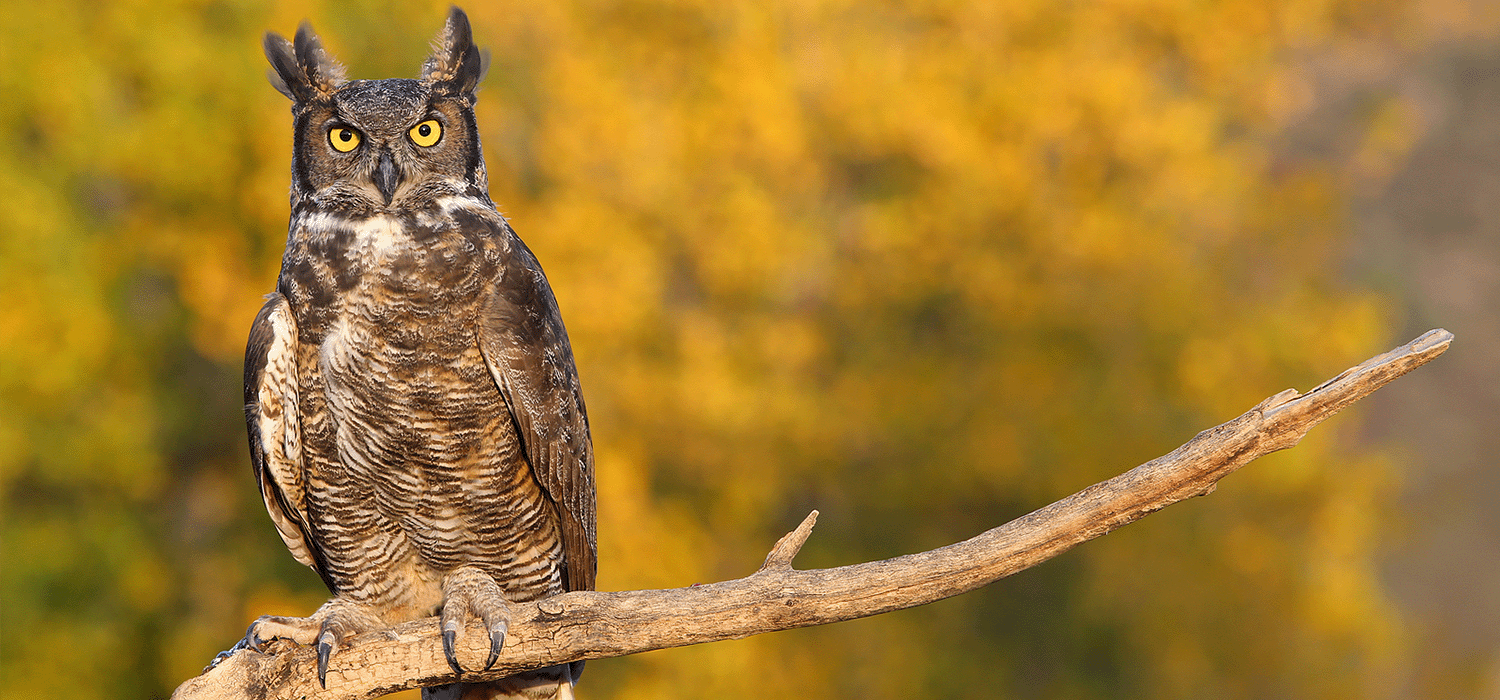
From the Plateau Land & Wildlife Management Team
Another beautiful Texas fall is upon us. It may feel like we are in the middle of summer still, but cooler weather is just around the corner. Have faith it’s coming! And with it, deer and quail season, crisp fall weather, changing leaves, and yes, even the holiday season. It’s an exciting time of the year and a great time to think about your wildlife and wildlife management plans.
Fall brings a rejuvenated excitement for life and an eagerness to reconnect with the land. This spirit is reflected in this issue of Seasons, in which we highlight several opportunities to improve and enjoy your land while also taking care of a few qualifying activities for those in wildlife as their open-space property tax status.
We hope this issue of Seasons will help jump-start your celebration of fall, and if there’s any way that Plateau Wildlife or any of our family members can help you protect, enhance, or better enjoy your land during this special season, just give us a call. We’ll be here when you need us.
Until next Seasons,
The Plateau Team
Table of Contents
Wildlife Management for Small-Acreage Properties
Monarch Butterflies
Wildlife Management Activity Reminder: Winter Wildlife Surveys
Fall Webinar Series
Guest Feature: How to Read Your Property Tax Bill
News for Texas Landowners
WILDLIFE MANAGEMENT FOR SMALL-ACREAGE PROPERTIES
By David Riley, Plateau Staff Biologist II, Associate Wildlife Biologist, & Registered Property Tax Consultant
Small-acreage wildlife management is becoming more common every day, especially with the rapidly growing nature of the Texas population, which is expected to reach 45 million by the year 2050. As more and more people move to this great state, the negative impacts of habitat fragmentation become a harrowing reality.
From major housing developments to ranchette-style properties, Texas lands are being steadily carved up, resulting in a loss of contiguous wildlife habitat. Texas property owners can take steps to manage their land, big or small, to counter the effects of habitat fragmentation for the benefit of all wildlife. The cumulative effect of many small-acreage landowners managing for habitat can result in substantial acreages improved for wildlife use.
Before You Begin
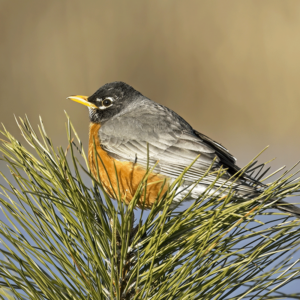
Songbirds like the American Robin are excellent target-species for small acreage properties.
Before you begin managing for wildlife on your small-acreage property, formulating and discussing short and long-term goals with a biologist is ideal. Unnecessary or counterproductive activities can be avoided by simply discussing your vision for the property with a knowledgeable professional, asking questions, and documenting your planned habitat-specific activities in writing.
For small-acreage properties, it is important to decide on a target species that fits the property. For example, a 20-acre property will have difficulty managing for Northern Bobwhites, which studies have shown need a minimum of 2,500-3,000 acres of contiguous habitat to maintain a stable population. Your efforts, however, can still do good things for quail on your property, as many of the activities that benefit one species can directly or indirectly benefit others.
The most commonly targeted species for management on small properties are songbirds and waterfowl, which are often migratory or require only small habitat-specific areas. Many species of small mammals, reptiles, and amphibians can also be managed in small areas, depending on the specific habitat types your property may have.
Native pollinators, such as native bees, butterflies, and other insects, also make ideal target species for small acreage landowners. Landowners who manage and provide habitat for this special category of wildlife contribute to the improvement and success of ecosystems that have been declining in recent years.
Basic Management Activities
Food
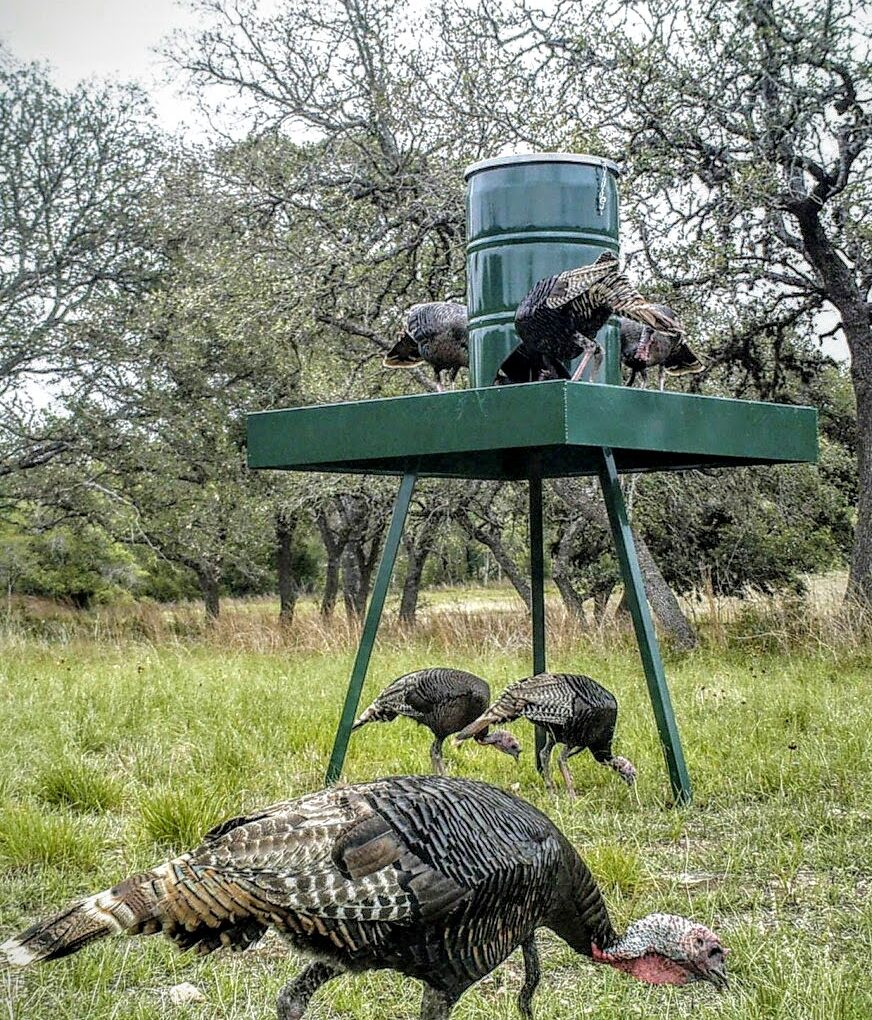
Providing Supplemental Feed helps to maintain and enhance wildlife populations.
Just as humans have three basic needs for survival–water, food, and shelter–so do wildlife. Promoting access to these three mainstays of life can be easy and important activities for effective wildlife management. Properties targeting songbirds may provide seeds and grains through common hanging feeders or high-capacity free-choice feeders. During the winter season, it is important to provide blackoil sunflower seeds or other seeds with a high-fat content for migratory songbirds. Providing supplemental sources of food through feeders is fun and beneficial, but it is even more important to establish natural food sources throughout the property that can be utilized year-round by a variety of different species. Food plots are often seen as areas in which to plant high-protein plants that can be utilized by white-tailed deer, but that is not their only use. Food plots may also consist of wildflowers or native fruit or seed-bearing plants that are favored by native pollinators and songbirds.
Activities such as discing, mowing, managed grazing, and prescribed fire can create a more diverse plant community that provides wonderful sources of seeds, fruits, vegetation, and insects for songbirds and other wildlife. Just as discing can be a reliable method for establishing supplemental food plots, it can also be used to set back plant succession, which will, in turn, allow other native plants to establish. Adjusting the timing and frequency of mowing and discing can produce dramatically different results in plant communities. These activities particularly benefit properties that have an abundance of domesticated grasses like bermudagrass or old world bluestems. Areas that may be degraded or lack a sufficient seedbank may require extra time and effort; however, over time these areas will gradually return to their natural state, providing improved habitat and more reliable food resources for wildlife.
Conducting a combination of these activities will help promote the availability of food supplies for a variety of target species throughout the year.
Water
Lack of reliable water sources can be a major limiting factor for wildlife, depending on your location in the state. Placing small, wildlife-friendly water sources on your property is simple and beneficial. Creating entry and escape systems, like a ramp or ladder, is important for keeping these water sources accessible and safe for small wildlife.
For properties with limited access to water sources, a rainwater collection system may be the answer. Systems like these can be built with a variety of materials and are usually self-sustaining, so they can be placed anywhere throughout a property to improve water distribution for wildlife.
Shelter
Providing supplemental shelter promotes sufficient availability of nesting and escape cover on small-acreage properties is another crucial activity that will benefit various wildlife species, particularly songbirds. Nesting boxes can be placed throughout a property to provide additional options for cavity nesting songbirds, particularly when standing dead trees (snags) are lacking. The 2011 drought killed many large trees, which, if left standing, make ideal shelter for woodpeckers, owls, mammals, and raptor species.
Other Management Activities
Brush Management Even in small areas, managing and manipulating brush can have dramatic effects on your property. Commonly, brush management is used to remove or control undesirable or invasive species that typically out-compete native plants or form monocultures (solid, singlespecies stands).
Mechanical techniques for removing undesirable brush are common. A chainsaw and hand loppers are great for maintenance and thinning, while heavy equipment like forestry mulchers or grubbers is more appropriate for larger projects. Creating brush piles from the cut material provides great escape cover for small mammals and nesting areas for native pollinators. These piles should be substantial enough to provide shelter for a variety of species (at least 6′ x 6′ x 6′ in size).
Some plants, such as prickly pear and mesquite, can be hard to control via mechanical methods and require herbicides for effective control. Chemical control of unwanted brush requires training or hiring a knowledgeable professional to make it’s safe, effective, and efficient. Remember that timing matters when you are talking about plants, and an ill-timed herbicide application may be a complete waste.
Strip Mowing Strip mowing dense grasses at the right time of year can also be beneficial for small wildlife by creating diversity in grass structure, promoting wildflowers and other broadleaf plants, and increasing usable space. Promoting diversity in both habitat structure and composition is important for supporting and sustaining different wildlife species.
Predator Control Predator control is an often-overlooked activity on small acreage properties but can be very important in the management of quality wildlife habitat. The Brown-headed Cowbird and Red Imported Fire Ant can cause serious damage to your wildlife populations.
Brown-headed Cowbirds are nest parasites that actively seek out nests of native songbirds in which to lay their eggs. Cowbird trapping can be very successful on small-acreage properties, especially if livestock is nearby, and reduce the number of nest parasites found in an area. Texas Parks and Wildlife says that the removal of just one female cowbird can result in the enhanced survival of 35 songbirds annually. Other activities such as shooting and scare tactics can be utilized but may be impractical on a small-acreage property.
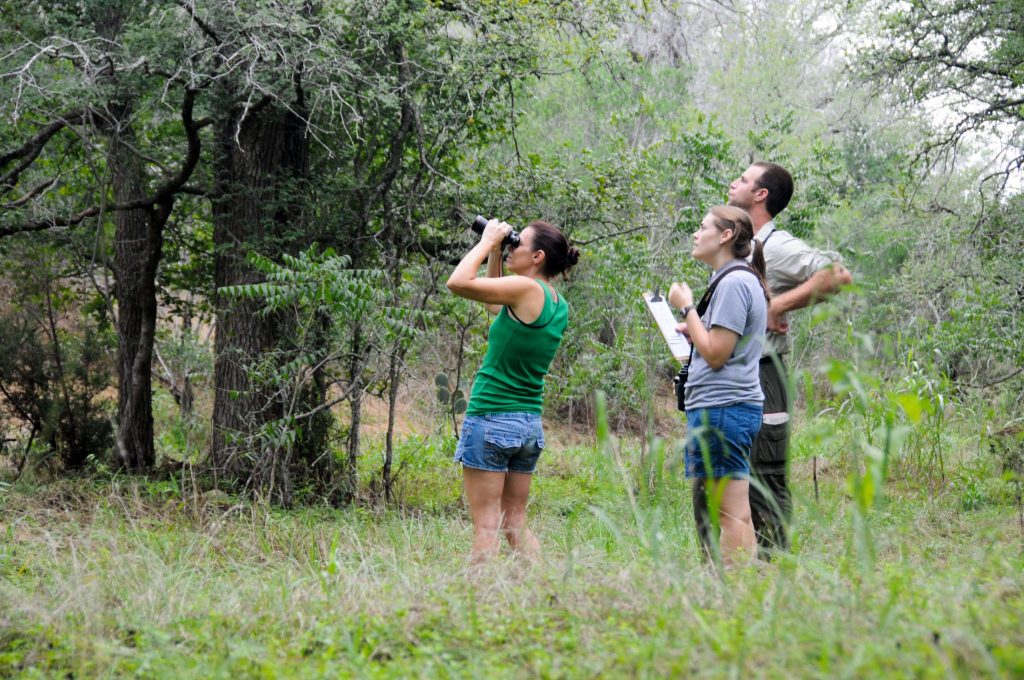
Census activities like Spring Breeding Bird Surveys offer insight to wildlife populations on your property.
Red Imported Fire Ants are an invasive species in the U.S. and in the past century have infested 15 states in the south. Spot-treating Red Imported Fire Ant mounds throughout your property is recommended when densities are low. When mound densities are higher, as they often are east of I-35, broadcasting bait may be more effective, though impacts to native ants should be considered.
Census Finally, any good wildlife management plan should include at least one census activity as a way to monitor wildlife populations on your property and measure the success of your activities. There are a variety of census activities you can conduct. A simple seasonal log of wildlife observed throughout the property can be highly useful. Placing game cameras near water stations or feeders is also helpful for observing wildlife and measuring your success.
Whichever census activity you may choose, it is important to remember to be consistent and stick with it. Changing techniques each year can make it difficult to measure success.
Our Collective Responsibility
As Texas’ population grows at an astonishing rate, many of the open spaces we see today will inevitably be eliminated or encroached upon by growth. There is an evergrowing list of wildlife threatened by habitat loss and changes in land use, including the rusty-patched bumblebee, which was added to the endangered species list in February 2019.
We landowners and conservationists are responsible for the management and protection of the habitats these species require to survive. As the 20th-century American conservationist and environmentalist Aldo Leopold once said, “We abuse land because we regard it as a commodity belonging to us. When we see land as a community to which we belong, we may begin to use it with love and respect.”
Small-acreage properties are becoming more common every day and the dangers of fragmentation are ever-present. Mitigating the issues of fragmentation by applying sound wildlife management principles and being good stewards of the land will safeguard the beauties of Texas and the wildlife we all admire for future generations to experience and appreciate.
To learn more about managing small acreage properties for Wildlife Valuations, join our upcoming webinar, “Managing Small Acreage for Wildlife,” on November 7 from 5:45 – 6:00pm. Register here.
If you have questions or would like more information about appropriate Wildlife Management activities for your property, please contact us at (512) 894-3479 or plateau@plateauwil1dev.wpenginepowered.com.
Originally published in the June 2019 edition of Texas Wildlife Association Magazine.
MONARCH BUTTERFLIES
By Sarah Kahlich, AWB, Senior Wildlife Biologist
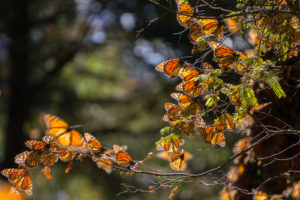
Starting from August through October, subtle changes in the day length and temperature signal to the monarchs it is time to make their journey south. Monarchs make their incredible journey south to central Mexico and west to the California coast, and a few may winter along the Gulf coast or south Atlantic coast. Though unlike the many animals that make epic migrations, these butterflies will not return.As winter draws to an end, these monarchs head a portion of the way north to warmer areas like Texas. It is here the monarchs will mate and lay their eggs on the undersides of milkweed leaves. After a few days, the eggs will hatch and the black, white, and gold caterpillar will emerge and start feeding on the milkweed plant. There are a variety of milkweeds utilized by monarchs, and many milkweed plants contain cardiac glycosides, which is stored in the bodies of both the adults and the caterpillar. This poison is extremely distasteful to predators. These very hungry caterpillars consume enormous amounts of milkweed before they start to form into a chrysalis and start their transformation into a butterfly.
Once these butterflies have hatched out, they continue the migration their parents had started and could not finish. This batch will fly another 200-300 miles and repeat the process in a new patch of milkweed. Upon reaching Canada, it has taken 4-5 generations to complete this 3,000-mile journey. When the temperatures start changing and the days start getting shorter, the monarchs will start their incredible journey back south again.
Ways You Can Help Monarchs (& Other Butterflies): Build a Butterfly Garden
Milkweed is the main food source for monarch butterflies and their caterpillars. You can plant multiple species of milkweed utilized by monarchs: antelope-horn milkweed, green milkweed, butterfly weed, and Texas milkweed (just a few of the species). Make sure that milkweed plants are planted in multiple groups of 3-4 so the caterpillars do not run out of food. Adult monarchs will drink nectar from a variety of other sources when milkweed is not available. Providing a wide variety of native flowers that bloom at different intervals ensure that monarchs get the necessary food they need to reproduce during the spring and summer as well as when they migrate in the fall.
If you are interested in creating a butterfly food plot, there are native wildflower seed mixes available. If your property is currently in a wildlife valuation, a butterfly food plot would count as a supplemental food activity. The food plot must be 1% of the total property to qualify.) Lantana, thistles, mistflowers, zinnia, Mexican sunflowers, verbenas, butterfly bush, bottlebrush, bee brush, Turk’s cap, frostweed, and bee balm are among a few wildflowers that monarchs (and other pollinators) will utilize during their migrations.
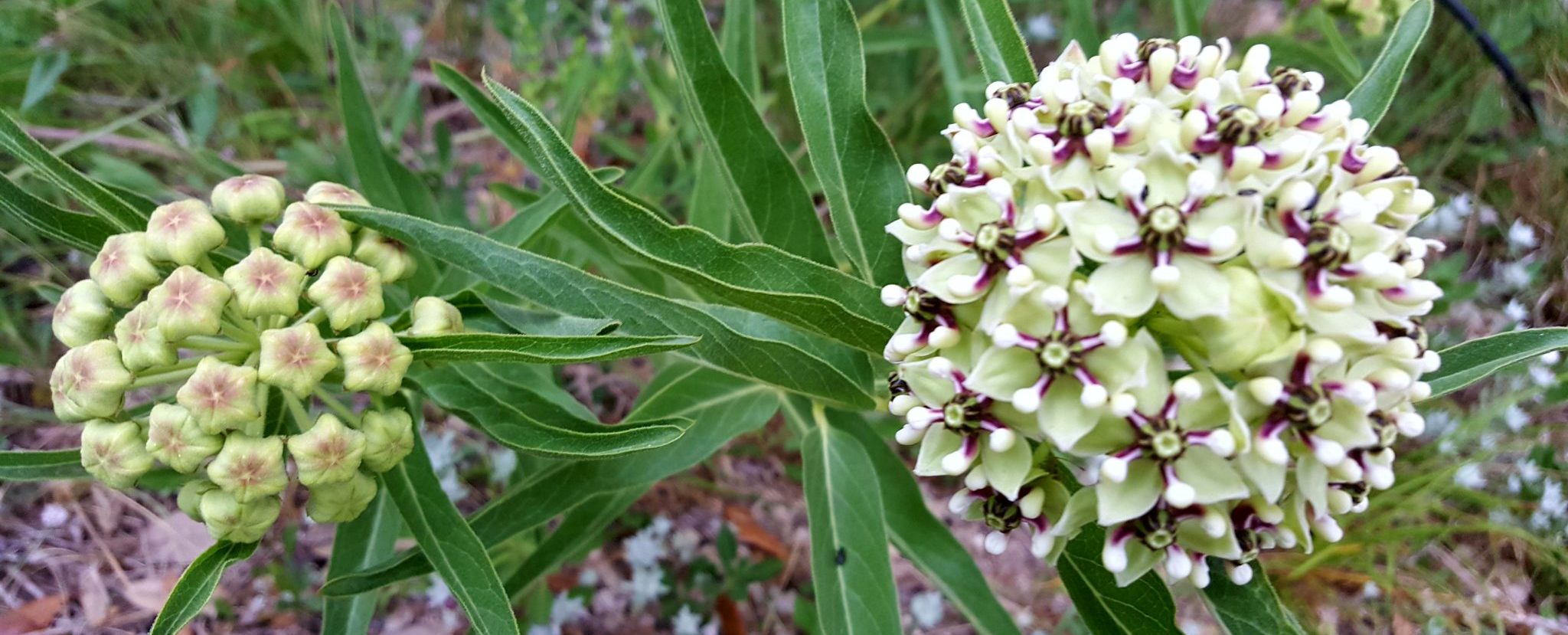
Photo of Antelope Horn Milkweed, courtesy of Maria DeLanghe.
Back to TopBack to Top
WILDLIFE MANAGEMENT ACTIVITY REMINDER: WINTER WILDLIFE SURVEYS
By Kameron Bain, Landowner Account Manager
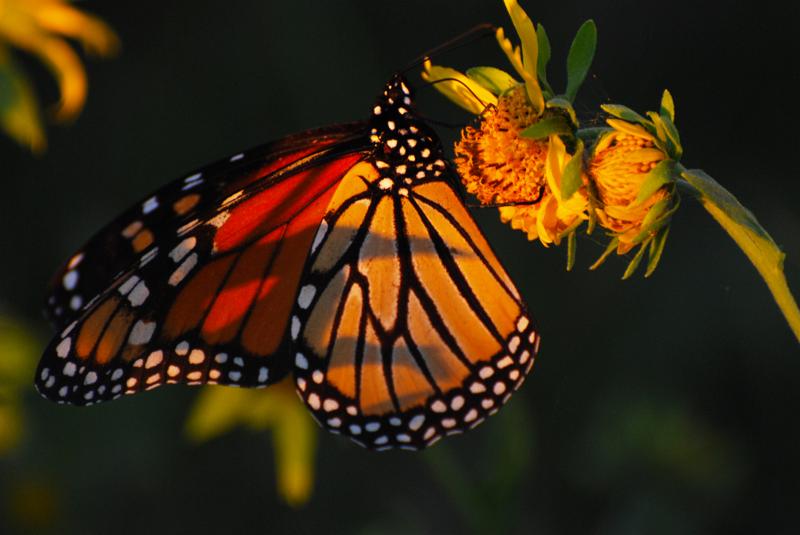 As fall escorts cooler temperatures into our area it also renews an opportunity to become familiar with our wintering and resident wildlife. These visitors won’t be here for long, so put on your jacket and start counting!
As fall escorts cooler temperatures into our area it also renews an opportunity to become familiar with our wintering and resident wildlife. These visitors won’t be here for long, so put on your jacket and start counting!
For informal surveys, simply watch your feeders and water sources and record who is visiting. You can do this by watching in the morning or evening and keeping a log of what you see. You should do this regularly (weekly or monthly) throughout the wintering season or better yet, all-year long. Keep your eyes out for butterflies too, mid-October to mid-November is an excellent time to see migrating butterflies. You can also use remote game cameras that can watch 24/7 and offer an excellent opportunity to record sightings of wildlife, especially shy and elusive species.
Another excellent opportunity is to allow your property to be a part of the regional Christmas Bird Count, which is the longest-running citizen science survey. The National Audubon Society administers the surveys and the data collected is used to monitor population trends of wintering species.
Download the iNaturalist app to help you identify and catalog wildlife and plants seen on your property. See Plateau’s tutorial on iNaturalist
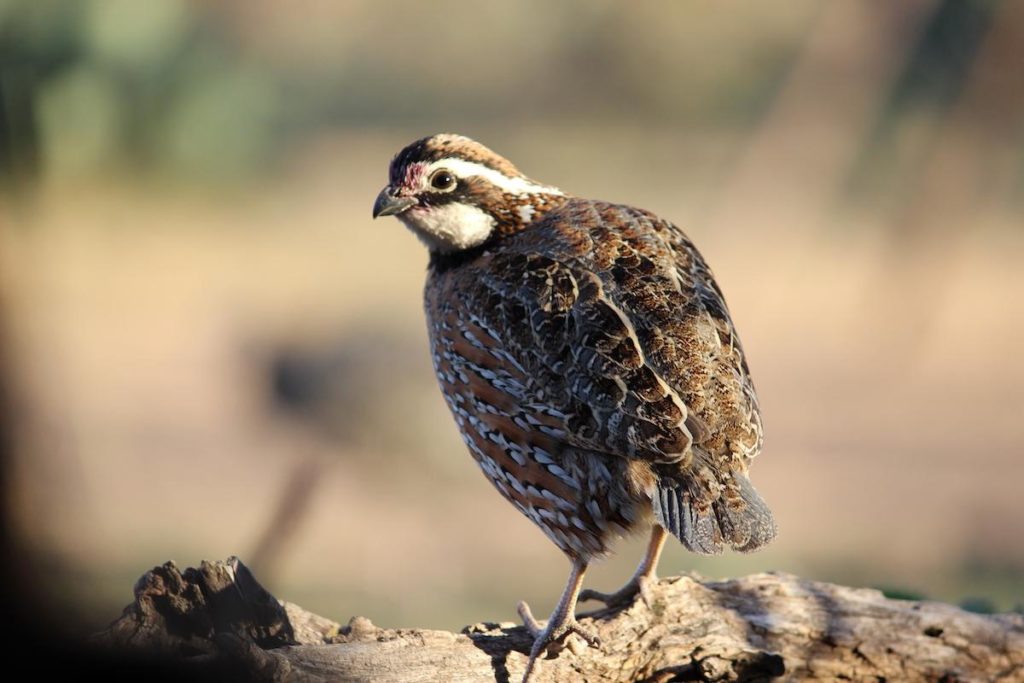 Formal surveys require more experience and knowledge, and may include:
Formal surveys require more experience and knowledge, and may include:
- Time-area counts are structured surveys that involve sitting at representative points throughout your property for a set period of time (typically 10 minutes) and recording all wildlife seen or heard within a set area. These are typically done seasonally, but winter is a great time to start.
- Fall and Winter quail call counts are structured surveys where independent listening stations are set up throughout your property to count individual quail calling in the early morning.
- Winter and resident bird surveys are point-count surveys focused on birds that are seen and/or heard at representative stations throughout your property.
All of these surveys are most informative when conducted annually or often to establish trends in wildlife use of your property. You don’t have to be perfect at your activities, but somebody has to do them. If you need help or have questions please contact us at (512) 894-3479 or plateau@plateauwil1dev.wpenginepowered.com.
Back to TopBack to Top
FALL WILDLIFE EXEMPTION WEBINAR SERIES

You’re invited to our FREE Wildlife Management webinar series this fall!
Whether you’re already a Plateau customer or someone that wants to learn more about Wildlife Management, everyone is invited to join us for our FREE 2023 Wildlife Management Fall Webinar Series. Connect with experts and other Texas landowners in Wildlife Management and learn all about: Wildlife Management Exemption, Wildlife Management 101, Qualifying Wildlife Activities, Property Taxes, Wildlife Management Plans, Annual Reports, County Requirements, Texas Regional Topics, Open Questions & Answers and more!
Plus, join us for special Guest Kickoff presentations from industry experts like Texan by Nature, Lochow Ponds, AgriLife Extension, and Plateau Wildlife Biologists!
Webinars will be hosted on Tuesdays from now through November 14th. Visit plateauwildlife.com/webinars to register for the date and topic you choose. Register for as many as you’d like. If you miss one, no problem, just sign up for the next webinar!
Questions? Give us a call at (512) 894-3479 or email plateau@plateauwil1dev.wpenginepowered.com
HOW TO READ YOUR PROPERTY TAX BILL
By Cassie Gresham, Braun & Gresham Attorney and Counselor

Most landowners can expect to receive their property tax bills in October every year. It is too late to protest your values, but before you pay the bill, I would advise you to check and make sure that it accurately reflects the taxes that you owe.
Here is a Suggested Checklist:
- Does it reflect the correct market value of the property? If you protested your market value, you will want to check to make sure that it reflects the final amount that was agreed to with the appraisal district. If you have an improvement on your land, then you will see three types of market values: (1) Improvement(s) (2) Land around your improvement(s), and (3) Land. If you have an open space valuation on the property, then you won’t pay based on the market value of the land. Instead, you will pay on the “assessed value”.
- Does it show your open space valuation? Check to make sure that your open space valuation (agricultural, wildlife, Ecological Laboratory, or timber) is reflected on your tax bill. This typically is shown under the “productivity” or “ag use” category. This will be a much lower amount than the market value of the land.
- Does your tax bill reflect your exemptions? If you qualify for a homestead, over 65, or disabled veteran exemption, then they should be reflected on your tax bill. The taxing entities will cap the amount that they assess you if you qualify for a reduction due to your homestead or being over 65. You can apply for your homestead any time during the year and it can be retroactive for up to two years prior to the application.
- Did you receive multiple tax bills? While you only apply for exemptions or open space valuations in the county in which your property is located, you might receive multiple tax bills from different counties. This typically occurs in the case where the school district is located in a different county.
- What is your total assessed (taxable) value? This is the total amount that is used to calculate what you will pay in taxes. For example, your total market value might be $500K for your improvements and your land, but due to your exemptions and open space valuation, you may only be assessed taxes on $250K.
- When are your taxes due? Your taxes are due no later than January 31st of every year. If you pay after this date, then your taxes are delinquent. Paying your taxes on time is really important, even if there is a problem with your values or your bill. If you have an outstanding protest with the appraisal district or a lawsuit and fail to pay your taxes on time, then your protest or suit is automatically dismissed.
Your tax bill is the final look at the amount of taxes that you will pay. It is important that you remember to review your Notice of Appraised Value that comes out each year in April. Each year you have the opportunity to protest the loss of any open space valuation, exemptions, or market value of your improvement(s) and land. Your protest is due May 15th of each year, but no later than 30 days after you receive your Notice of Appraised Value.
If you have questions or concerns about your property tax bill, Braun & Gresham can help. The attorneys at Braun & Gresham are not only experts and innovators in ways to utilize property tax incentives and how to reduce your property taxes, but we also serve as your advocates when you are unfairly taxed. We know the rules and how to use them. We also make sure the taxing authorities follow those rules. Please contact us at (512) 894-5426 or email info@braungresham.com.
Back to TopBack to Top
News for Texas Landowners
Hood County News
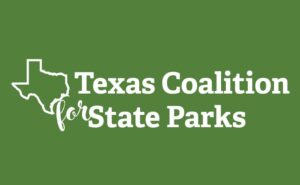
On Nov. 7, Texans will have the opportunity to vote on a constitutional amendment — Proposition 14 — that will create the Centennial Parks Conservation Fund. The fund will help secure new parks for future generations of Texans to explore without increasing taxes. The Texas Coalition for State Parks — containing over 75 member organizations — has come together to support and educate Texans about the amendment. “The Centennial Parks Conservation Fund would provide dependable, long-term funding for new park acquisition that will protect the unique natural and cultural treasures of Texas, creating the opportunity to ensure our state parks thrive for generations to come,” said State Senator Tan Parker…
Ag Law Blog

On November 7, 2023, Texas voters will have the opportunity to vote on Proposition 1, which would establish the right to farming, ranching, timber production, and wildlife management into the Texas Constitution. During the 88th Legislative Session, Texas lawmakers passed House Joint Resolution 126 (HJR 126). It is the language from this HJR that Texas voters will cast their ballots for or against in November. HJR 126 reads as follows: SECTION 1. Article I, Texas Constitution, is amendment by adding Section 36 to read as follows: Section 36. (a) The people have the right to engage in generally accepted farm, ranch, timber production, or wildlife management practices on real property they own or lease…
Texas State Parks Receive National Gold Medal Award, Recognized as Best State Park System in the Country
News Release for Texas Parks and Wildlife
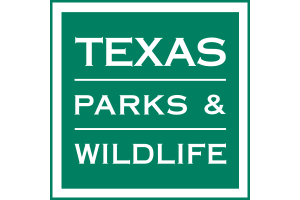
AUSTIN— Texas State Parks received the 2023 National Gold Medal Award for Excellence in Park and Recreation Management Wednesday morning. The National Gold Medal Award Program is governed and administered by the American Academy for Park and Recreation Administration (AAPRA) and announced at the National Recreation and Park Association (NRPA)’s annual conference. “It’s no secret to the more than 9 million people who visit Texas State Parks every year that we have one of the nation’s premiere systems,” said Rodney Franklin, director of Texas State Parks. “However, it is touching and fitting to receive this prestigious award during our centennial year, truly substantiating the progress we have made over the past century…
The Ghost-Faced Bat Is So Ugly It’s Cute
Article by Texas Monthly
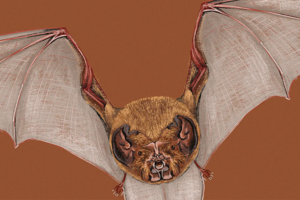
Is any creature more unfairly maligned than the bat? Nature’s only flying mammal (flying squirrels merely glide) is the stuff of Halloween lore, often depicted on-screen as a bloodsucking, disease-spreading vampire that swoops down onto unsuspecting victims. Never mind that out of more than 1,400 bat species, only 3 are vampiric, meaning they feed on the blood of other animals—and even they rarely attack us. (Nor are vampire bats currently found in Texas.) Bats have had a PR problem since at least 1896, when the first horror film, Georges Méliès’s Le manoir du diable, depicted a giant bat that turns into the devil…
Baby horned lizards released to the wild from north, east Texas zoos
Article by KXAN
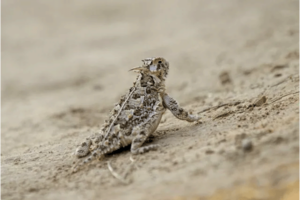
AUSTIN (KXAN) — A new batch of baby horned lizards raised in north and east Texas zoos were released to the wild Friday as part of ongoing efforts to restore the Texas species. The Texas Parks and Wildlife Department alongside the Fort Worth, Dallas and Caldwell zoos released the babies “in an ongoing effort to restore this iconic Texas species to its native range,” the TPWD and Fort Worth Zoo said in a joint Facebook post. TPWD officials said in the post the species has been in a population decline for the past 50 to 60 years. TPWD and Fort Worth Zoo officials added in an Instagram post the two entities are tracking the species’ progress in their release zones…
Article by Texas Farm Bureau

The USDA’s Natural Resources Conservation Service (NRCS) in Texas announced fiscal year (FY) 2024 financial assistance opportunities for farmers, ranchers and landowners through the Environmental Quality Incentives Program (EQIP). While NRCS accepts conservation program applications year-round, interested producers should apply by Nov. 8, 2023 to be considered for FY2024 funding. Texas NRCS will use the ACT NOW process for some EQIP funding pools. Through ACT NOW, NRCS can immediately approve and obligate a ranked application when an eligible application meets or exceeds a determined minimum ranking score….
New 1,200-acre nature preserve to open in Texas
Article by Beaumont Enterprise
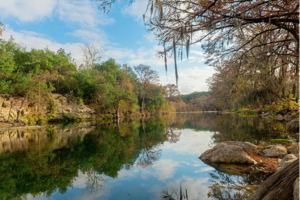
The Pecan Springs Karst Preserve will open to the public for the first time this fall. The picturesque property includes 1,205 acres of rolling hills, deep caves and shimmering springs and sits within the Edwards Aquifer Recharge Zone at the gateway to the Texas Hill Country. Anonymous landowners donated the property to Austin-based nonprofit, Hill Country Conservancy, to help preserve critical natural resources found in the area. It is also home to numerous endangered species, including Salado salamanders, golden-cheeked warblers and tricolored bats, said Rachael Lindsey, the director of science and stewardship at the conservancy.
TPWD proposes statewide deer carcass disposal rule
Article by TPWD
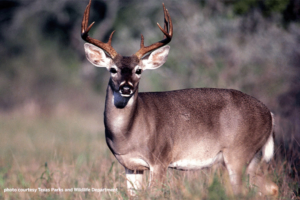
The Texas Parks and Wildlife Department (TPWD) is accepting comments on a proposed rule that would require hunters to dispose of unused deer carcass parts using one of three methods. “The proposal was meant to help mitigate the spread of chronic wasting disease (CWD) through improper disposal or movement of carcass parts,” Alan Cain, TPWD big game program leader, said. “Prions, the infectious agent for CWD, is found in the brain and spinal column, nervous tissue and things like that. If we can minimize the risk of potentially spreading that disease through carcass parts from places where CWD exists to other places where it’s not known to exist, that’s the goal.”





Sorry, the comment form is closed at this time.